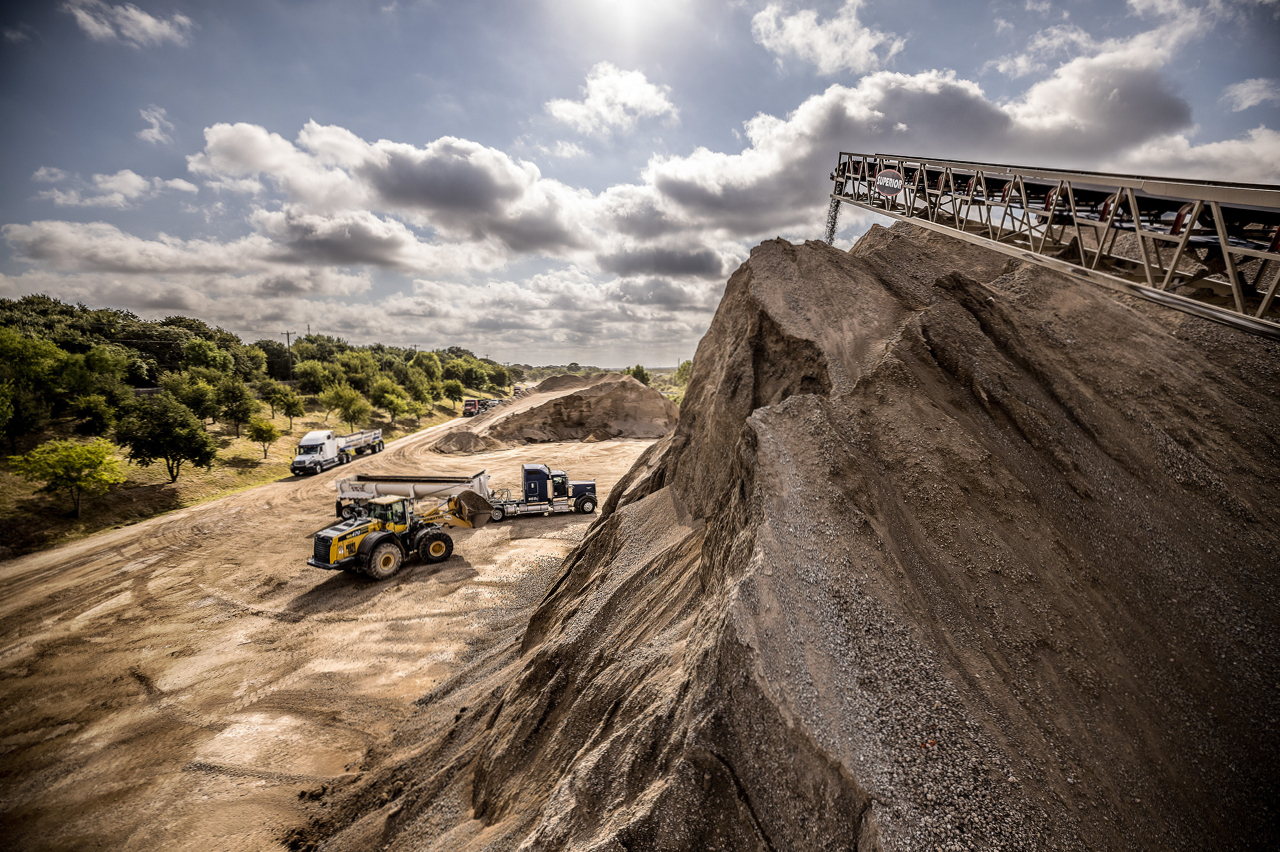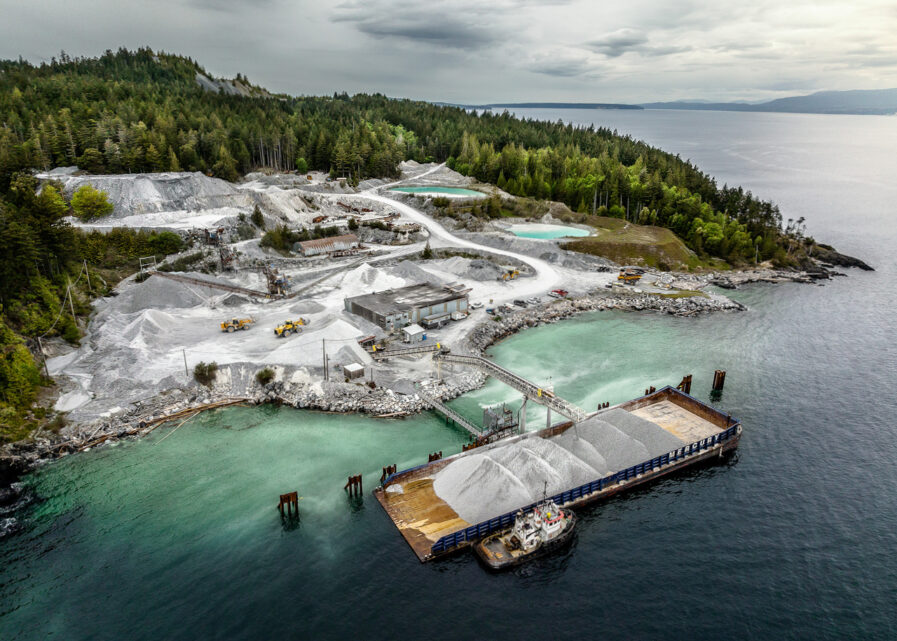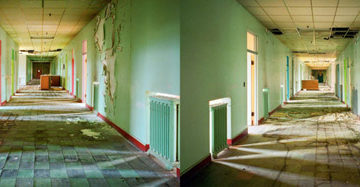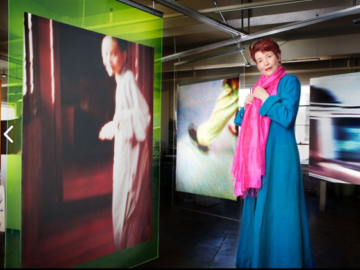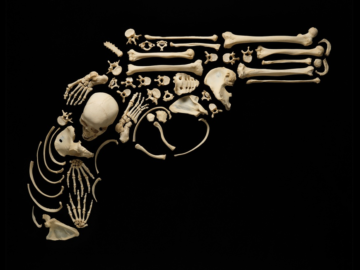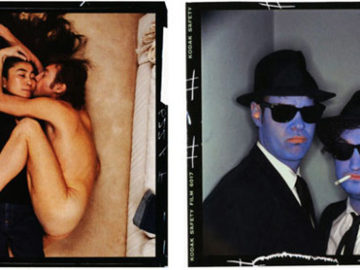Amidst the rugged landscapes of a British Columbian limestone quarry and the industrious hum of a concrete recycling facility, Tadd Myers Photography embarked on a visual exploration that earned gold and silver accolades in the Graphis Photography 2024 competition. Capturing the monumental scale and intricate details of Arcosa Specialty Materials’ operations with a limestone quarry and a concrete recycling facility, Tadd Myers’ images tell a story of material transformation and celebrate nature and human endeavor. Through his lens, we see more than machinery and products; we witness a narrative of craftsmanship and sustainability, where every frame invites the viewer into the essential yet often overlooked worlds of quarry and recycling.
By: Tadd Myers, Photographer
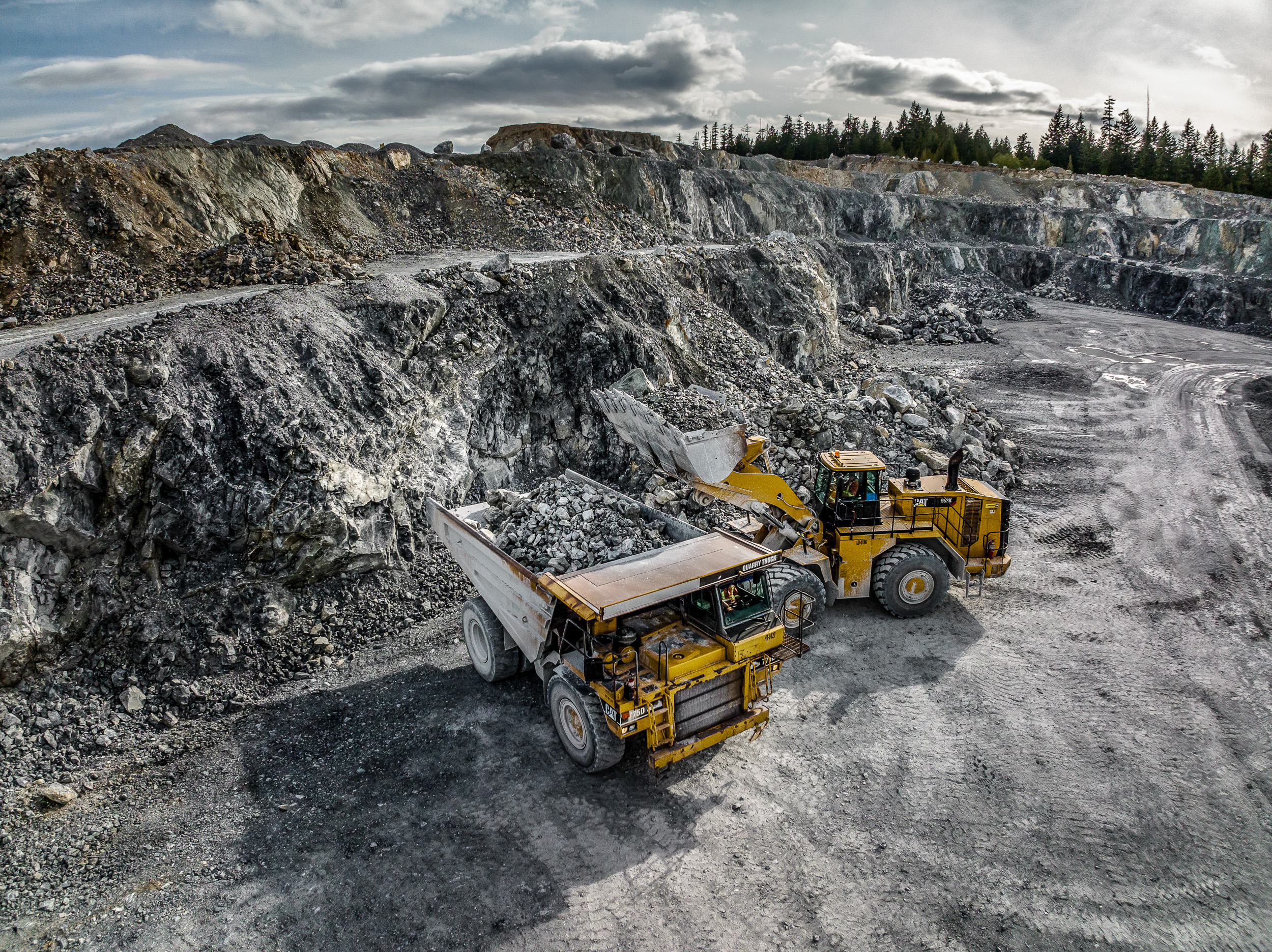
How did the project come about? Have you worked with Arcosa before? If so, how did they first find you?
Arcosa is a new company that spun off from Trinity Industries a few years ago. We worked with Trinity Industries, shooting a four-year project called “Trinity Craftsmanship” at over 30 of their industrial facilities around the USA and Mexico. Trinity Industries is now TrinityRail and mainly manufactures railcars to transport various commodities. Arcosa is a construction and materials company that commissioned us back in 2021 to photograph a Texas concrete recycling plant. The project went very well, so in the summer of 2022, they commissioned us to photograph a limestone quarry on Texada Island in British Columbia, Canada, and two of their processing facilities in Seattle.
What made them choose you for the project? A specific previous assignment? A photographic style?
I stayed in contact with Trinity and Arcosa during their separation, but it was about three years before Arcosa contacted us about a new shoot. It takes years to separate a massive, publicly traded company such as Trinity Industries, so we were patient and hoped we’d get a chance to work together again. I think they hired me because of my specialty in commercial/industrial photography and my photographic style when working on projects like theirs. These projects are some of my favorites out of what we get to shoot. I like working with clients who make things, and seeing their excellent “hands-on” work is very interesting. My father was a bit of a craftsman himself, so maybe that helped fuel my continuing interest in these companies even today.
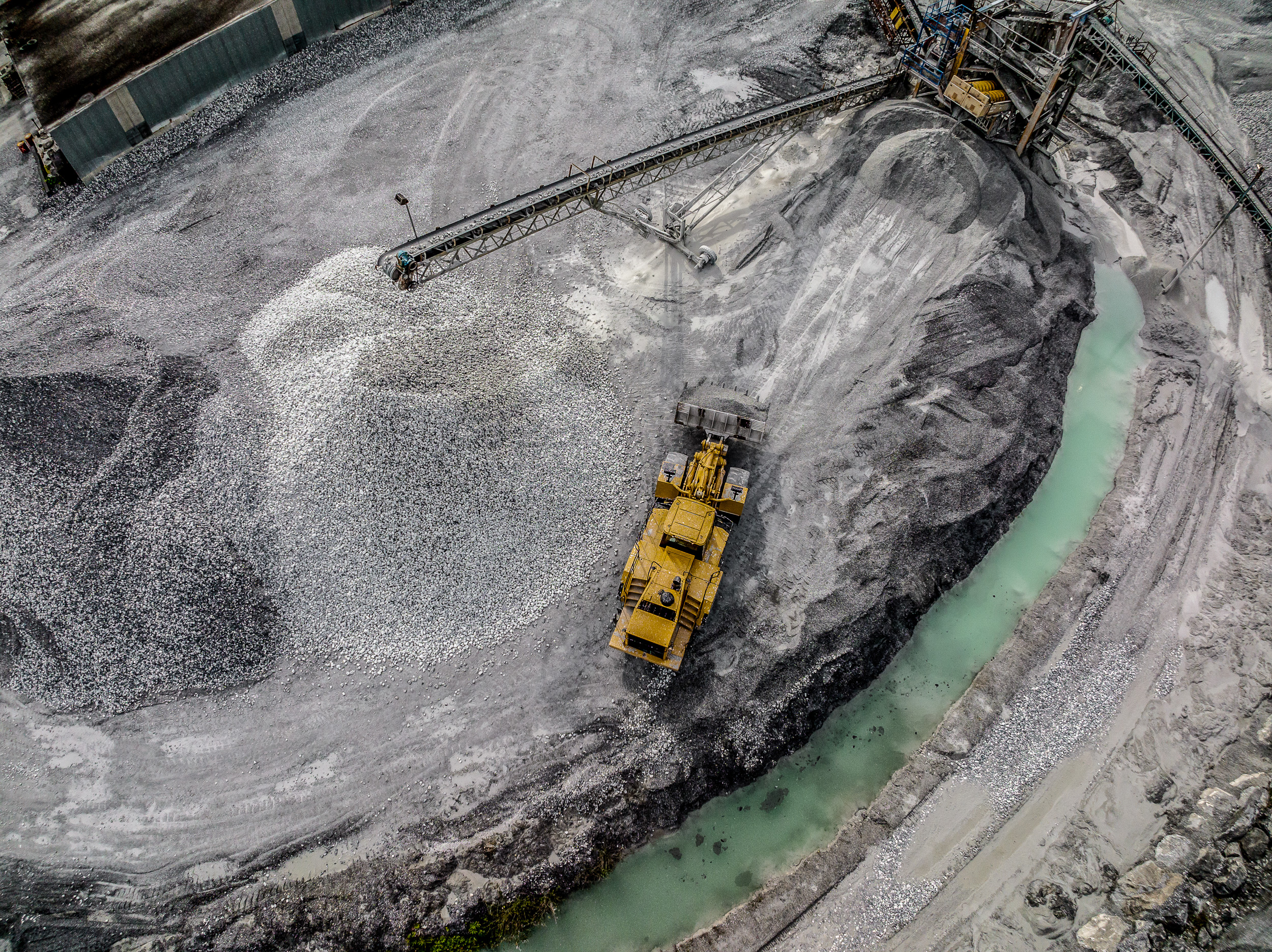
What was the goal or intent of the images?
The images we shot for this were to create a photographic story illustrating the people and processes of Arcosa’s limestone quarry and processing facilities at three locations in British Columbia, Canada, and Washington State, USA. They will use the images primarily for their own collateral and business-to-business marketing efforts.
In what ways did you collaborate with Arcosa in pre-planning?
Once the estimate was signed and the advance issued, the pre-production for this project started with several Zoom calls with my client. We discussed a basic schedule regarding the number of days needed to accomplish their shot list and other suggestions of how they should communicate our intent to the facilities before our arrival to shoot. I suggested a pre-pro/scouting trip for this project to see the facilities and meet the plant managers. The planning started in March 2022. We booked a week-long trip with two clients from Arcosa’s HQ in Dallas and me. In April 2022, we flew to Seattle to scout two processing facilities. Then, we flew to Powell River, British Columbia, and ferried to Texada Island to scout the limestone quarry. We spent six days on this pre-pro/scouting trip. This trip was extremely valuable because we could better understand each facility’s constraints regarding their production. For instance, at the limestone quarry, they only loaded a barge with material every four to five days, so we would have to plan our shoot to ensure we would be there on one of those days since this was a crucial shot on the shot list. We also discussed the timing of the load since it only takes eight to ten hours to load a barge with the product. Therefore, given the direction of the facility, we would need to plan a specific time of day to shoot it. One of the shots I wanted to get was a drone shot from the waterside showing the loaded barge in the foreground and the facility/island in the background. Given the location of the plant and the direction it was facing, I determined that this image could only be shot in the late afternoon. This planning trip was vital to scheduling our shoot days and covering all the various scenarios the client wanted to photograph.
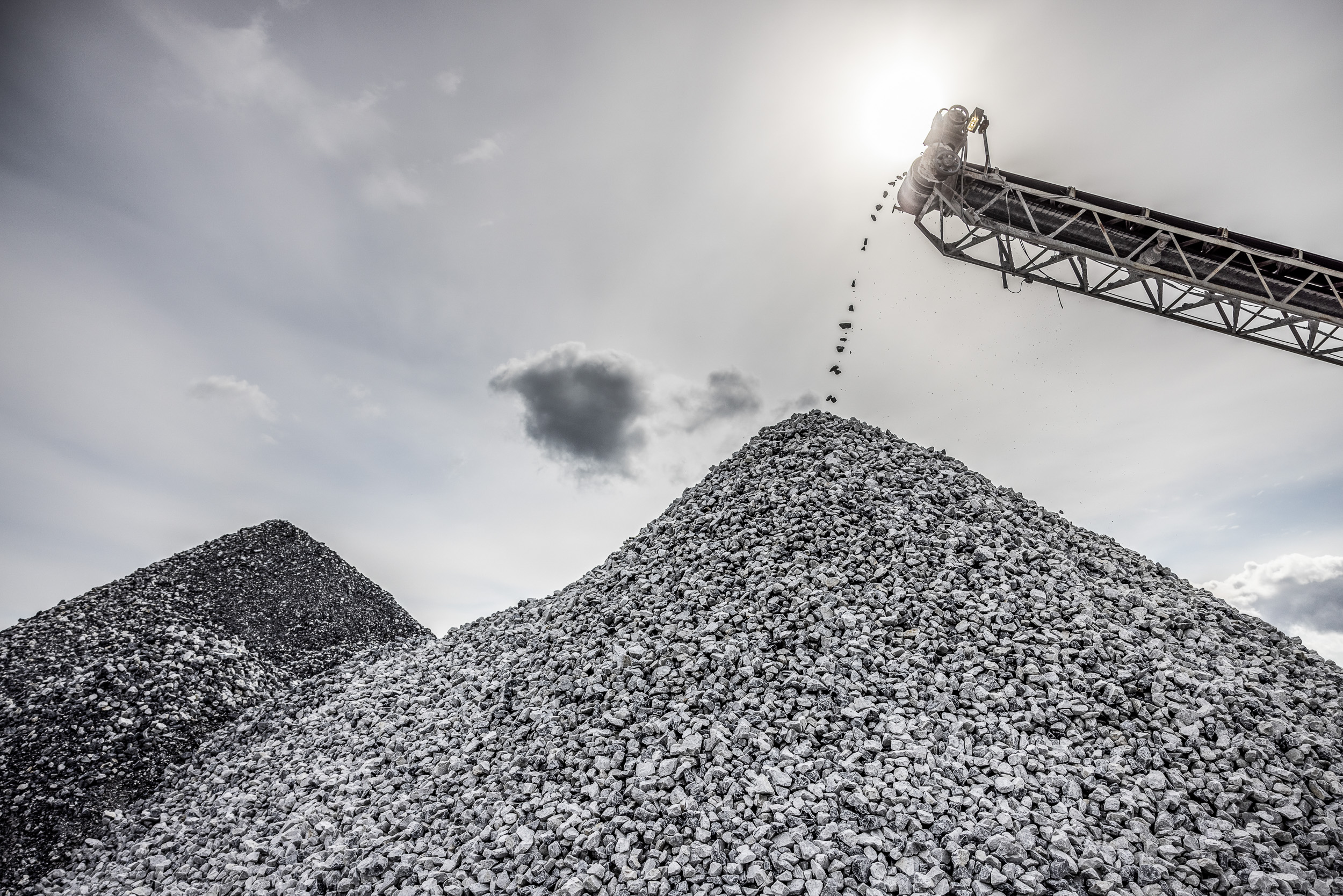
How would you describe the client’s brand identity? How did they want you to approach the photos to present them?
Since Arcosa was recently spun off from Trinity Industries, they didn’t have a specific “brand identity” regarding photographic style. However, I think they were pleased with our images from the first shoot in 2021 at one of their concrete recycling plants, and those images set the foundation for the work we were pursuing during this project. Arcosa and our other clients extend a lot of trust in us, and I take this very seriously. My job focuses on creating beautiful, unique images that tell the client’s story elegantly and memorably.
When did the shoot take place? How long did it last?
We returned to the facilities in May 2022 after our scouting trip the month before. The travel for this project was a bit more complex than usual since we were shooting in Canada and the USA, so we needed passports and US Customs equipment lists. The actual travel also took longer because of the multiple flights it took to get to Powell River, BC. It took one full day to get from DFW to Vancouver to Powell River and then ferry to Texada Island to our accommodations. Including travel days, this shoot took nine days total, which included five actual shoot days. We ended up being in Seattle over a weekend, so we took the opportunity to enjoy a Seattle Mariners baseball game.
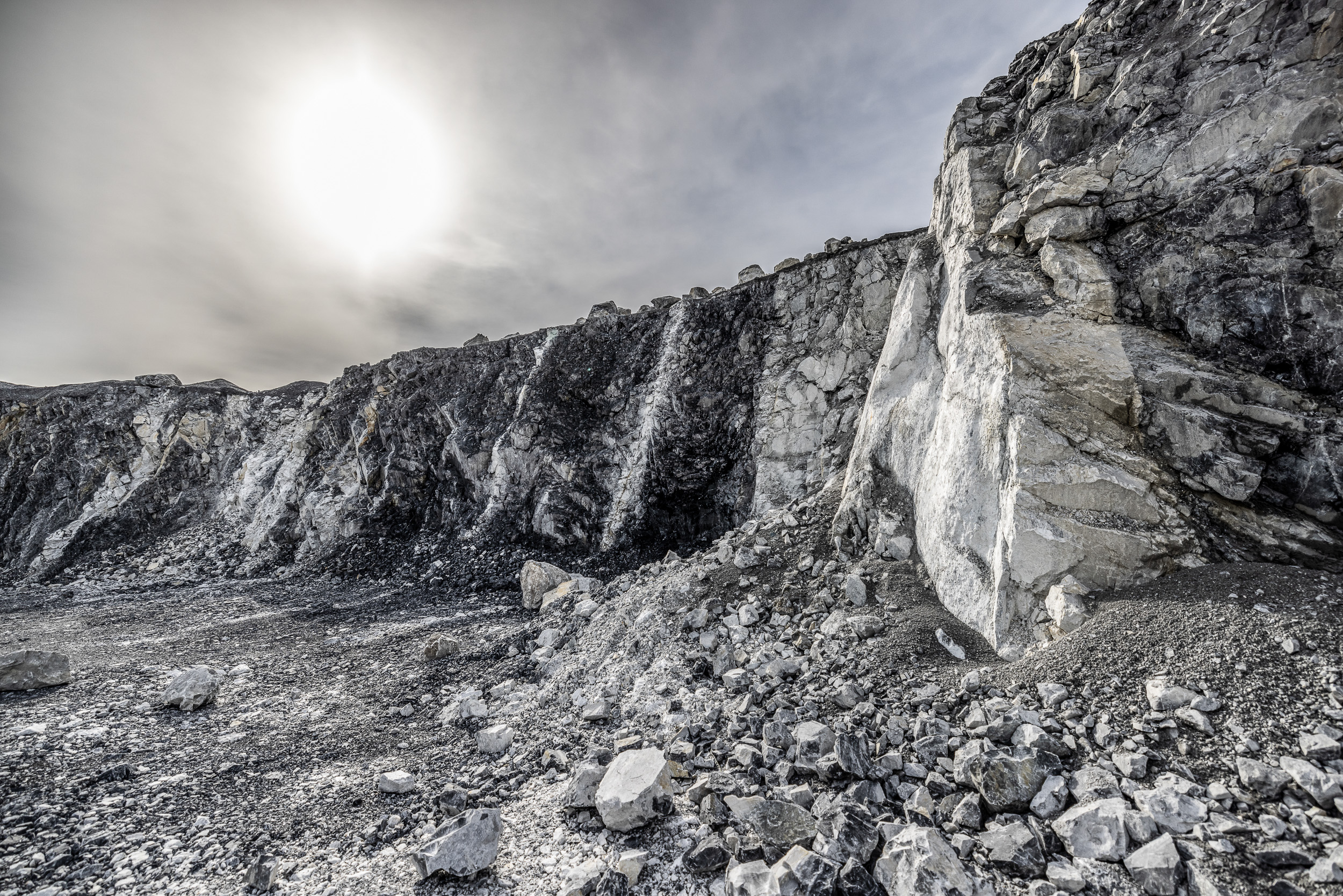
In your own words, tell me about the locations. What conditions were you working in? How long did you stay on-site? Were you stranded on Texada Island, if you will?
The first location was the limestone quarry on Texada Island. It was very dusty and muddy, so we came prepared with steel-toe boots and additional gear to help keep our equipment clean and dry. The weather on the coast of British Columbia can be very unpredictable, especially this time of year. We shot for two days on the island, and most of our time was spent between 6 and 9 am and 5 and 8 pm each day. We shot a couple of shots inside their testing lab in the middle of one of the days. After Texada Island, we traveled to Seattle to shoot two processing facilities. The first facility was close to downtown Seattle, where the barge from Texada Island delivers the limestone each week. At this facility, we photographed the interior and exterior of the plant, which included all facets of the limestone production, from the unloaded raw material off the barge to the final products sold to their clients. The limestone is processed into several products for the construction/building, agriculture, farming, and livestock business sectors.
What was the energy during the photoshoot? Who was present on set?
We work hard to create a positive and accommodating on-set experience on all our jobs. I think being very prepared helps to facilitate this because the more we’re prepared for the job, the more we can focus on the images and employees we’re working with instead of the other parts of the shoot (equipment, travel, weather, etc.). For this shoot, we had a small production footprint as far as our crew goes. Of course, we did have several local managers and employees at each facility to help advise us on the manufacturing process and products. Communicating and developing a positive relationship with these local facility managers is vital to accomplishing our objectives for all our projects.
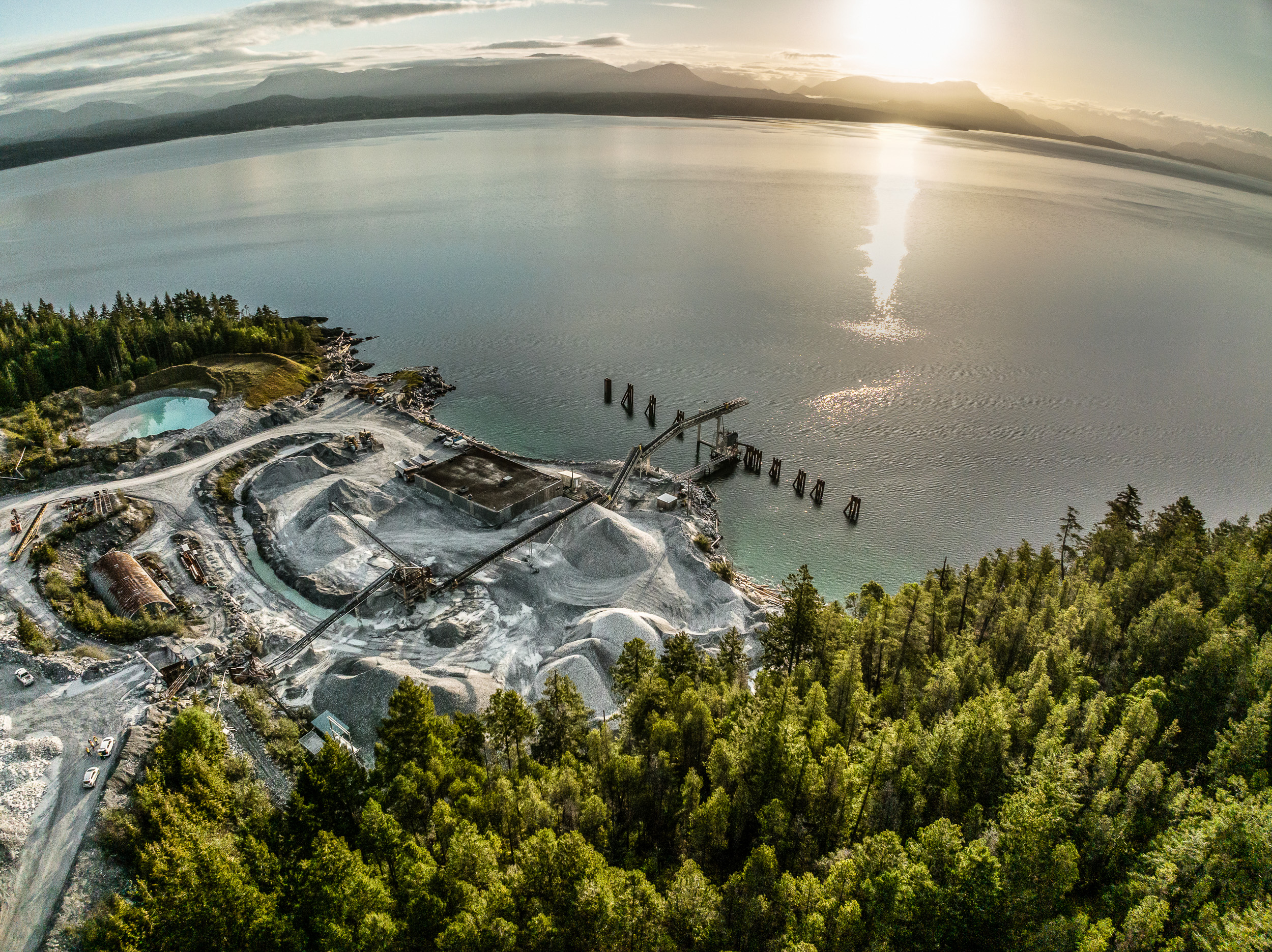
The quarry workers, engineers, and factory personnel seemed to be in good spirits in the photos. How do you ensure your subjects are comfortable and at ease in front of the camera?
While we do work with talent/models on some projects, we more often photograph “real” people. Since much of our recent work involves clients in the industrial and farm/ranch business sectors, we primarily shoot the company’s actual employees and workers. I feel my 20+ years of experience helps me interact with my subjects to make them relax in front of the camera. I enjoy this part of the job: talking to our subjects so they forget about the camera. I always try to be prepared once I shoot because I’ve found that often, the best expressions come when I least expect them from my subjects. For instance, the more genuine expressions often come in between conversations when I lower the camera and talk with them face to face, but I am always ready to capture it with the camera as well. My natural curiosity also contributes to my conversations with the subjects we shoot. I genuinely enjoy learning about the manufacturing processes and work stories that these men and women share with us. I believe this helps with the authenticity of the final images.
What creative challenges did you encounter?
While this job had creative challenges, the more substantial challenges were logistical, technical, and environmental. Much of the decisions made were made in order to get our shot list accomplished in the allotted time AND in a way that provided the best time of day and logistics so the images maintained the quality we demanded. Certain activities around the quarry and facilities were limited regarding when they took place, so we had to prioritize some shots based on the time of day and time of occurrence. These concerns are always the most significant challenge when dealing with so many moving parts in any production.
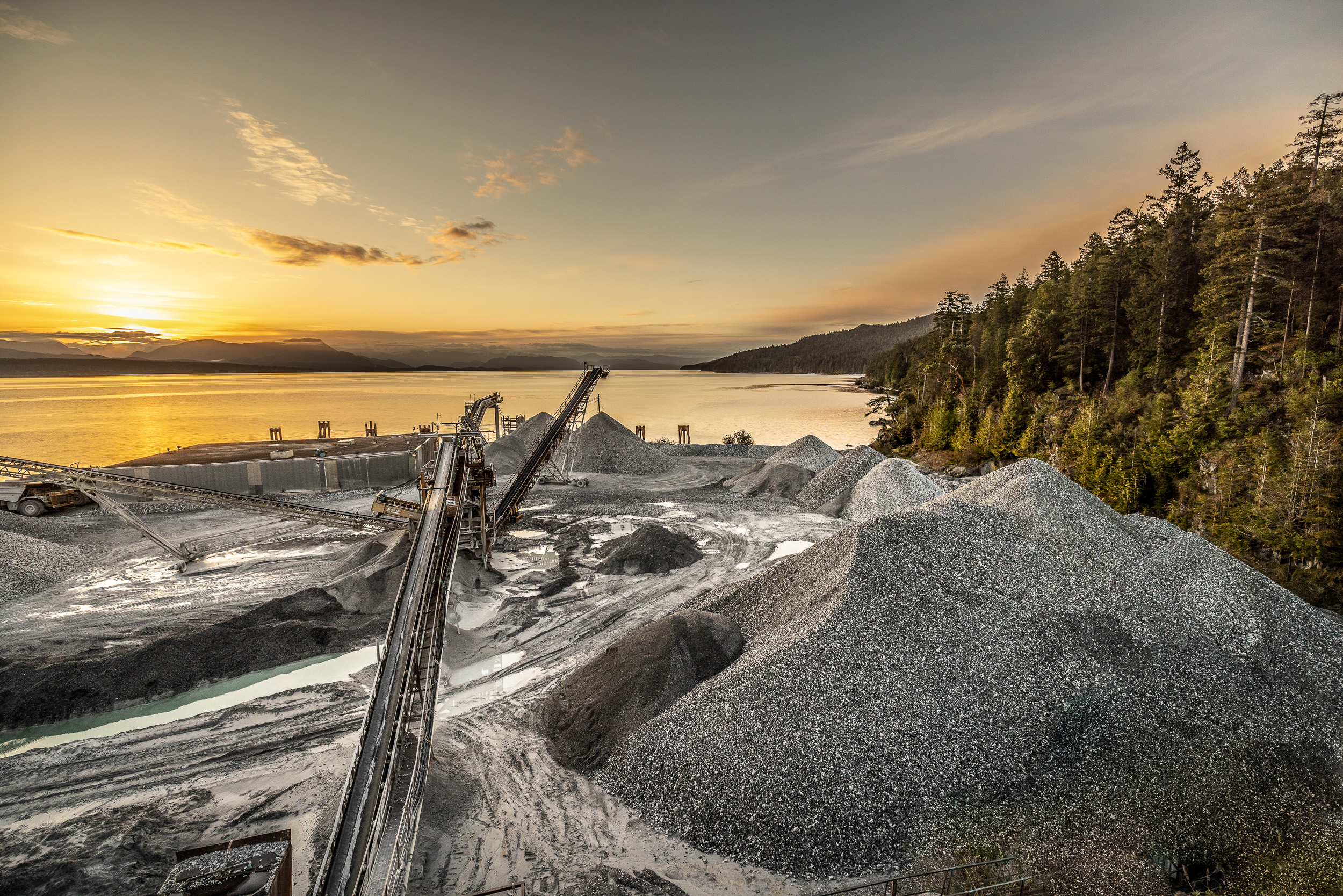
Any technical or logistical challenges?
The lighting could have been tricky. We always travel with a complete lighting/grip kit, including five Profoto D1 lights and many different lighting modifiers. We used artificial lighting for all of the interior images we shot but rarely used artificial lighting outside. I choose to shoot at reasonable times of day to have better “descriptive” light, which is always early in the morning or late in the afternoon/evening.
How were the aerial shots taken?
During the pandemic, I obtained my Part 107 FAA UAV license. To shoot commercial drone jobs and obtain commercial insurance, the drone operator must have a Part 107 FAA license. It’s a fairly rigorous study and testing process, but it’s required to be a commercial UAV Pilot. I’ve owned three drones now and currently use a Mavic 3 Pro for most of our projects. We utilize these drones primarily for stills with a small amount of video/motion for some clients.
